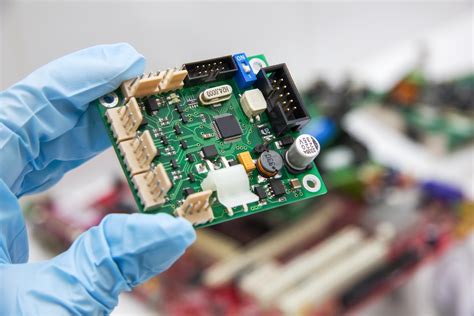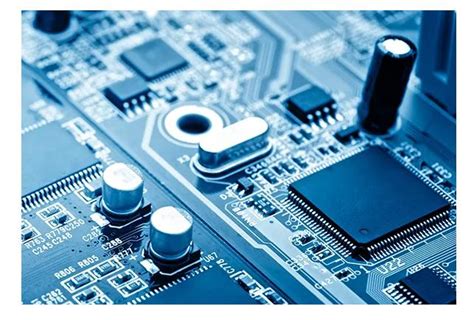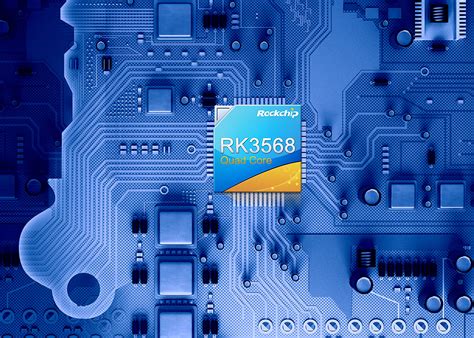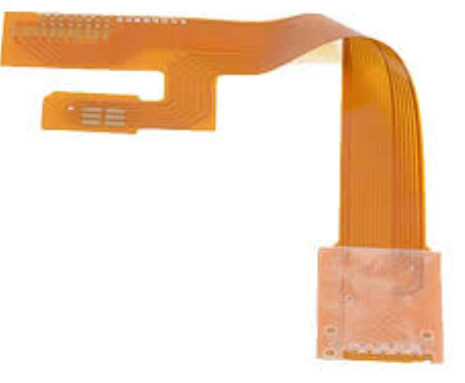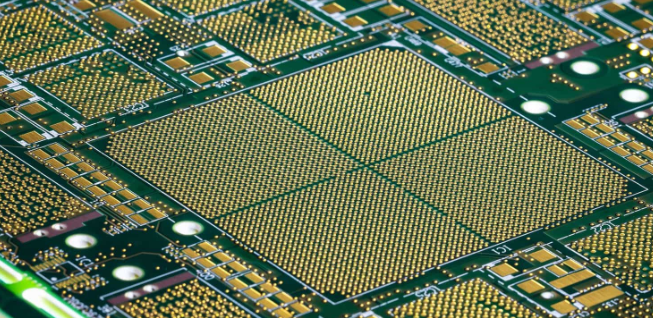Recommended Environmentally Friendly PCB Materials
Introduction
Printed Circuit Boards (PCBs) are essential components in nearly all electronic devices, from consumer electronics to industrial machinery. However, traditional PCB manufacturing processes and materials often involve hazardous substances, such as lead, brominated flame retardants (BFRs), and other toxic chemicals, which pose significant environmental and health risks. With increasing global emphasis on sustainability, the electronics industry is shifting toward environmentally friendly PCB materials that reduce ecological impact while maintaining performance and reliability.
This article explores recommended eco-friendly PCB materials, their benefits, and their applications in modern electronics.
1. The Need for Eco-Friendly PCB Materials
1.1 Environmental Concerns
- Toxic Substances in Traditional PCBs: Conventional PCBs often contain hazardous materials like lead-based solder, brominated flame retardants (BFRs), and polyvinyl chloride (PVC), which can leach into the environment during disposal.
- E-Waste Pollution: Electronic waste (e-waste) is a growing problem, with millions of tons discarded annually. Non-biodegradable PCBs contribute to landfill pollution and toxic chemical release.
- Regulatory Pressures: Governments and organizations, such as the EU (RoHS, REACH) and the U.S. EPA, enforce restrictions on hazardous substances, pushing manufacturers to adopt greener alternatives.
1.2 Benefits of Sustainable PCB Materials
- Reduced Environmental Impact: Biodegradable and non-toxic materials minimize pollution.
- Compliance with Regulations: Eco-friendly materials help manufacturers adhere to global environmental standards.
- Improved Corporate Responsibility: Companies adopting green practices enhance their brand reputation and appeal to eco-conscious consumers.
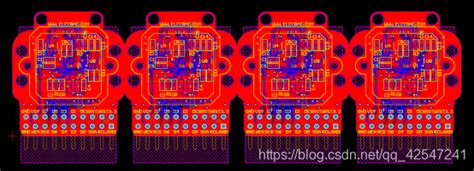
2. Recommended Eco-Friendly PCB Materials
2.1 Lead-Free Solder Alloys
Traditional solder contains lead (Pb), which is highly toxic. Lead-free alternatives include:
- Tin-Silver-Copper (Sn-Ag-Cu, SAC) Alloys: A popular replacement, offering good mechanical strength and thermal performance.
- Tin-Bismuth (Sn-Bi) Alloys: Lower melting point, suitable for temperature-sensitive components.
- Tin-Zinc (Sn-Zn) Alloys: Cost-effective but requires corrosion-resistant coatings.
2.2 Halogen-Free Laminate Materials
Brominated flame retardants (BFRs) in traditional laminates release toxic fumes when burned. Halogen-free alternatives include:
- Phosphorus-Based Flame Retardants: Used in FR-4 laminates, offering similar fire resistance without bromine.
- Polyimide (PI) and Polytetrafluoroethylene (PTFE): High-performance, halogen-free substrates for flexible and high-frequency PCBs.
- Epoxy Resins with Natural Reinforcements: Some manufacturers use bio-based epoxy resins combined with natural fibers (e.g., flax or hemp) for improved sustainability.
2.3 Biodegradable and Bio-Based Substrates
Emerging research focuses on biodegradable PCB materials to reduce e-waste:
- Polylactic Acid (PLA): A biodegradable polymer derived from cornstarch or sugarcane, used in experimental PCBs.
- Cellulose-Based Substrates: Researchers are exploring paper and cellulose composites as temporary or disposable PCB bases.
- Mycelium (Mushroom-Based) Boards: Fungi-derived materials show promise for low-impact, biodegradable electronics.
2.4 Recycled and Recyclable Materials
- Recycled Copper: Reduces mining demand and energy consumption.
- Recyclable Thermoset Composites: New developments allow some thermoset polymers to be broken down and reused.
- Metallic Substrates with Reusable Components: Aluminum-backed PCBs can be more easily recycled than traditional fiberglass.
2.5 Low-Volatile Organic Compound (VOC) Inks and Adhesives
- Water-Based Solder Masks: Replace solvent-based masks, reducing VOC emissions.
- UV-Curable Inks: Energy-efficient and emit fewer harmful gases.
- Bio-Based Adhesives: Derived from plant resins, reducing dependency on petroleum-based products.
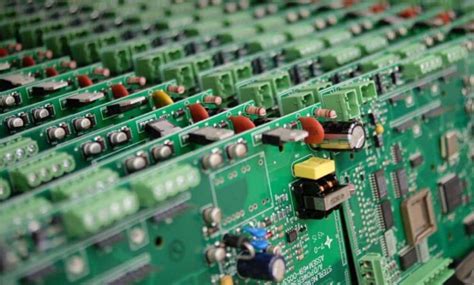
3. Performance and Reliability Considerations
While eco-friendly materials offer environmental benefits, their performance must meet industry standards:
- Thermal Stability: Lead-free solders and halogen-free laminates must withstand high temperatures.
- Mechanical Durability: Biodegradable substrates should maintain structural integrity during use.
- Electrical Properties: Halogen-free and bio-based materials must provide sufficient insulation and signal integrity.
- Manufacturability: New materials should be compatible with existing PCB fabrication processes.
4. Applications of Green PCBs
Eco-friendly PCBs are increasingly used in:
- Consumer Electronics: Smartphones, laptops, and wearables (e.g., Apple and Samsung have adopted greener PCB policies).
- Medical Devices: Biodegradable PCBs for temporary implants reduce long-term waste.
- Automotive Industry: Electric vehicles (EVs) prioritize sustainable electronics.
- IoT and Smart Devices: Disposable sensors with biodegradable PCBs minimize environmental impact.
5. Challenges and Future Trends
5.1 Current Limitations
- Higher Costs: Some green materials are more expensive than conventional options.
- Limited Availability: Not all eco-friendly alternatives are commercially scalable yet.
- Performance Trade-offs: Some biodegradable materials may not yet match traditional PCBs in durability.
5.2 Future Developments
- Advanced Bio-Composites: Research into stronger, more durable biodegradable substrates.
- Closed-Loop Recycling: Improved PCB recycling technologies to reclaim metals and polymers.
- 3D-Printed Eco-PCBs: Additive manufacturing with sustainable inks and substrates.
Conclusion
The shift toward environmentally friendly PCB materials is crucial for sustainable electronics manufacturing. Lead-free solders, halogen-free laminates, biodegradable substrates, and low-VOC processes are paving the way for greener PCBs. While challenges remain in cost and performance, ongoing research and industry adoption will drive further innovation. By embracing these materials, manufacturers can reduce environmental harm, comply with regulations, and meet the growing demand for sustainable technology.
As the electronics industry evolves, eco-friendly PCBs will play a key role in building a circular economy, where electronic products are designed for longevity, recyclability, and minimal environmental impact. The future of PCBs lies in balancing performance, cost, and sustainability—an essential step toward a cleaner, greener planet.

